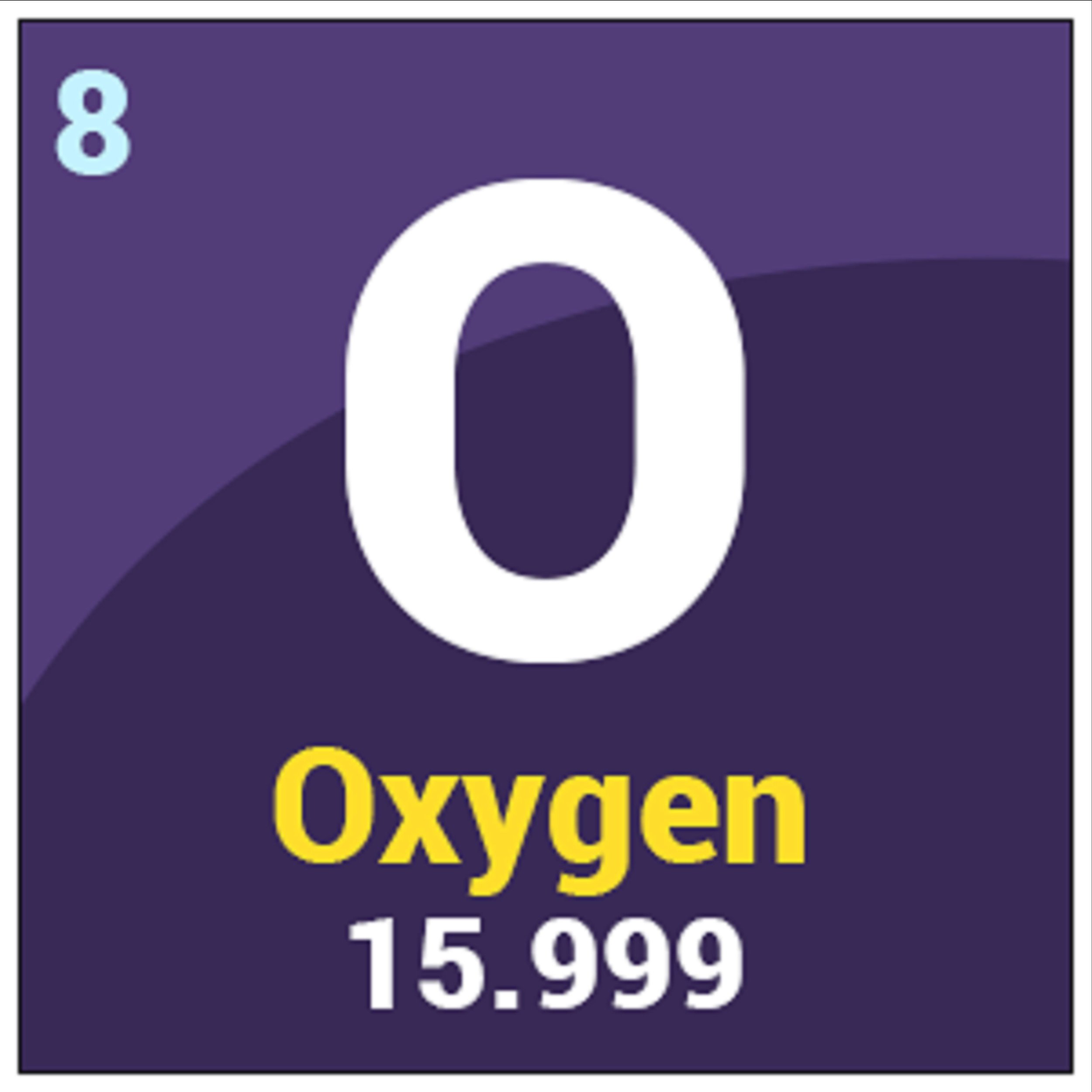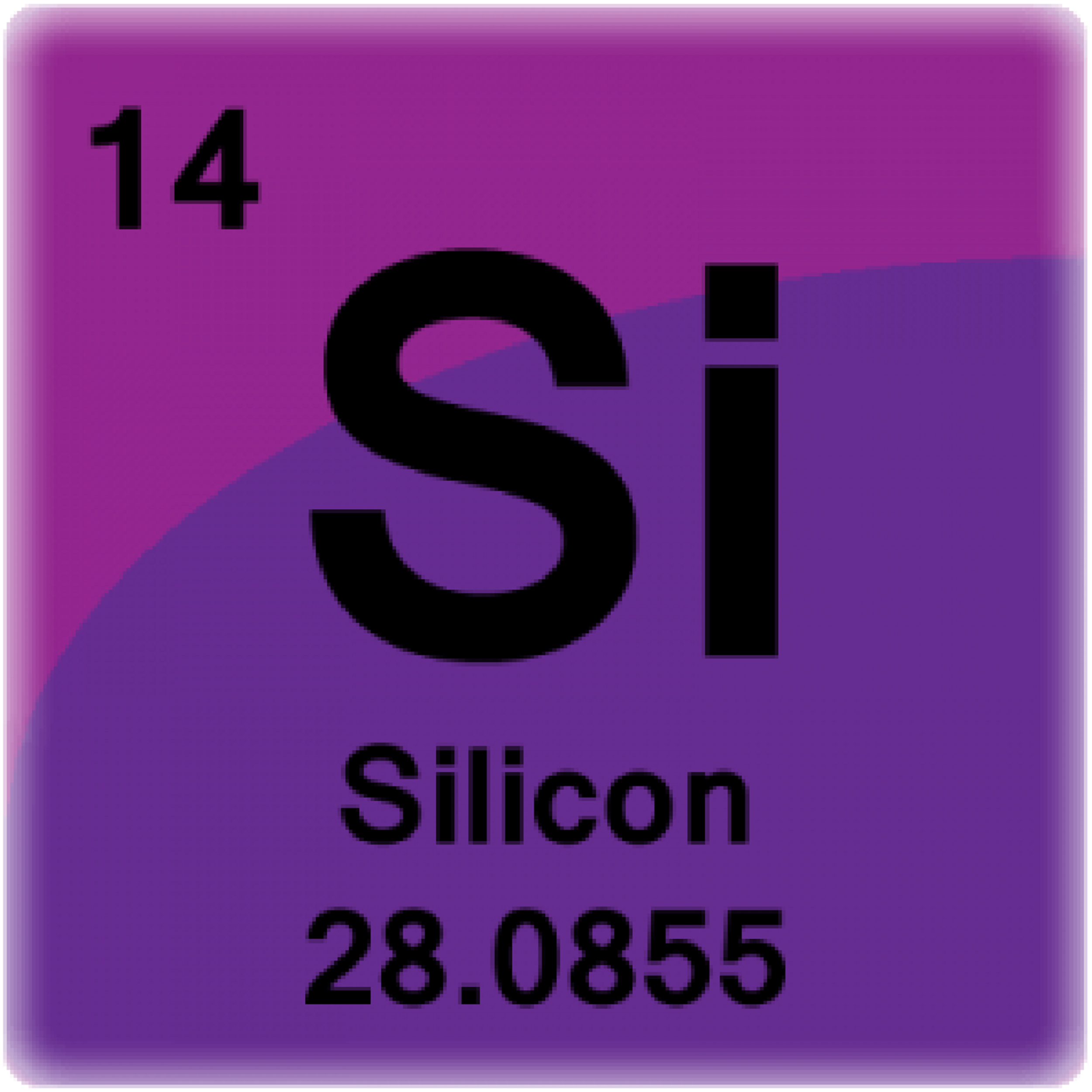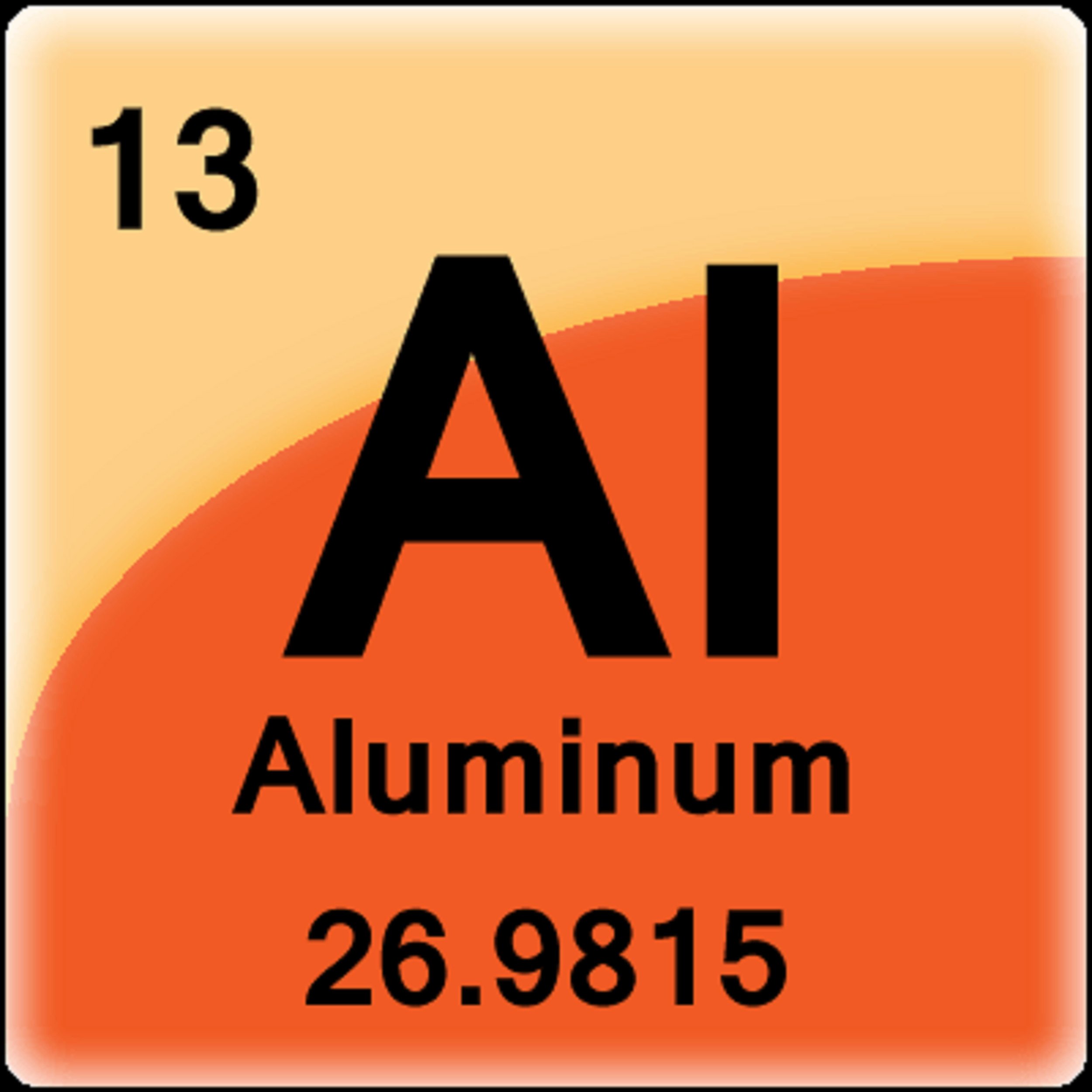
Pegmatite Garnets
By TGMS Educational Instructor - Bill Shelton
The previous article dealt with rhyolites garnets and here you will find pegmatite garnets that are quite similar in that the two species almandine and spessartine are the dominant species. According to Wright, 1038, the average proportions of the five major garnets in pegmatite are almandine at 41.8 and spessartine at 47.1. We ought to expect to find chemical analyses that support this idea; further it should be found that both species are rather common in pegmatites.
Middletown, Connecticut at Dripps Road has been studied and the content is Sp 50 and Al 50! The granite aplite from Italy is Al 59.1 and Sp 28.7. Deer Creek, Colorado is Al 60 to 70 and Sp 30 to 40. The aplite from Portugal is Al 60.6 and Sp 28.7. Finally, the deposit at Alabashka, Urals, Russia is Al 60 to 66 and Sp 28 to 34. So, we should call all of these examples’ almandine. Elsewhere, we find Nuevo, California at Al 53 to 70 and Sp at 30 to 47. From Himalaya, California, we see Al at 73 and Sp at 24. Other examples from here are Sp dominant, however. Russell, Massachusetts sits at Al 54.43 and Sp 28.90 in spite of many claims to it being a spessartine. The RRUFF data includes a Al dominant garnet from the Rutherford mine in Virginia as well as a spessartine dominant example from the same locality. Becker, Case and Strickland quarries in Connecticut all are listed as almandine localities. The Lakeview Mt., pegmatite is also an almandine locality. Of course, there are numerous others and perhaps they are more common than we think. Some collectors are inclined to assume nice examples must be spessartine. It is very important to realize that a few famous localities are noted to produce both species.
Spessartine data looks quite different in that a number of locations are noted for nearly pure spessartine. This is interesting and, as a guide in deciding what to call a specimen, the pure examples are virtually all orange. See the list below.
Spessartine Almandine Locality
95 5 Hercules dike, California
96.4 0.8 Kenya
50 to 99.5 0.5 to 49 Himalaya, California
50 to 95 5 to 50 Little Three mine, California
50 to 95 3 to 43 Rutherford Mine, Virginia
58 to 80 Malkhane field, Russia
51.6 32.9 Avondale, Pennsylvania
Additional areas include Jail Hill, Strickland Quarry and Middletown in Connecticut, Little Cahuilla Mountains and the Tourmaline Queen mine in California, Morefield in Virginia, as well as Brazil and Pakistan. We also see localities in Bohemia, Kola (Russia), Ireland, Poland and Rhodesia. The data for these ranges from just over Sp 50 to Sp 80. So, we see a lot of possible localities and a wide data range; perhaps appearing different from the almandine data seen above.
If you buy an example, it may or may not be labeled as spessartine. The safe label is simply garnet, but we may not settle for that. The name on a label can be correct but the similarity of members in the middle ranges can and do look essentially the same. You can rest assured that some areas routinely produce both species and some are likely to only produce one or the other. Input caption text here. Use the block's Settings tab to change the caption position and set other styles.















